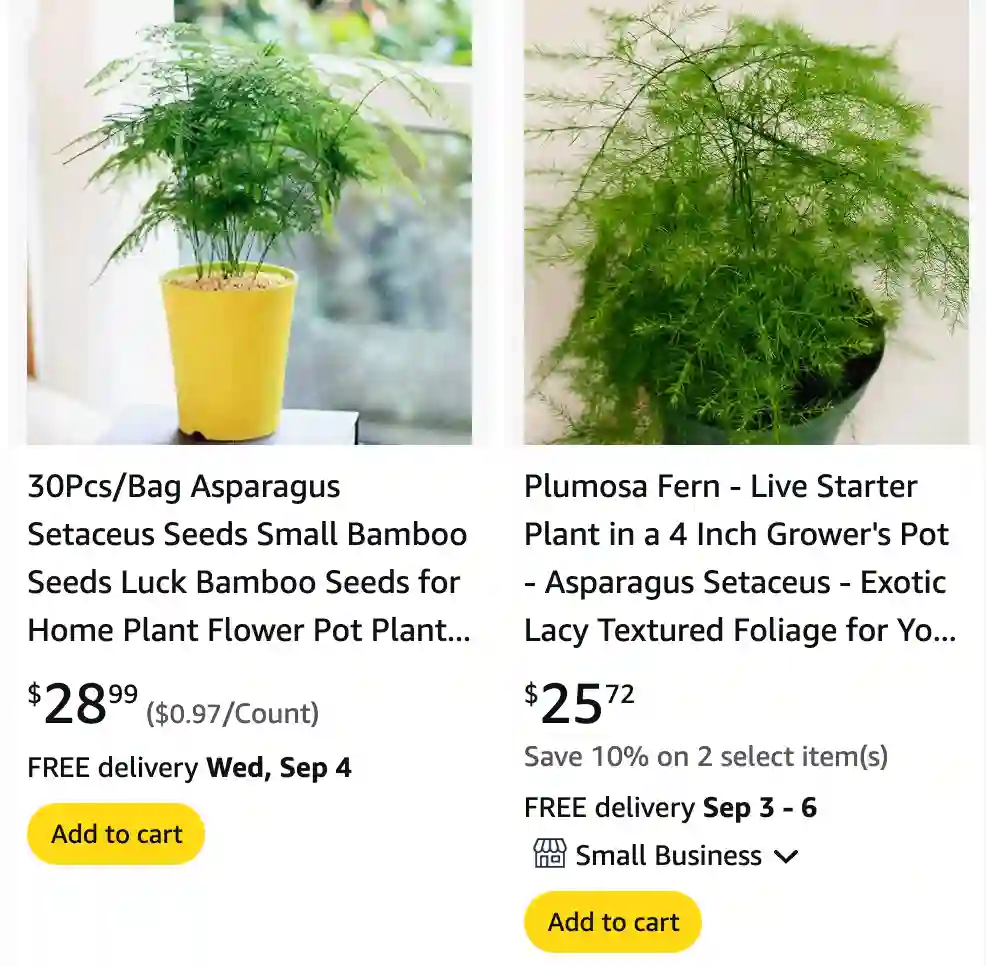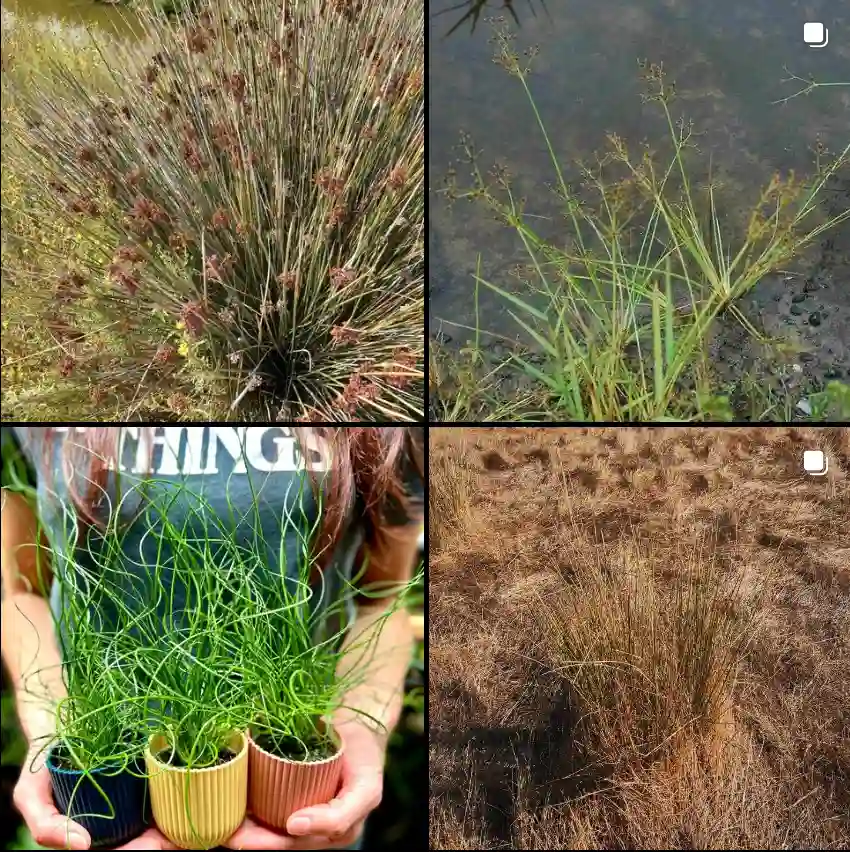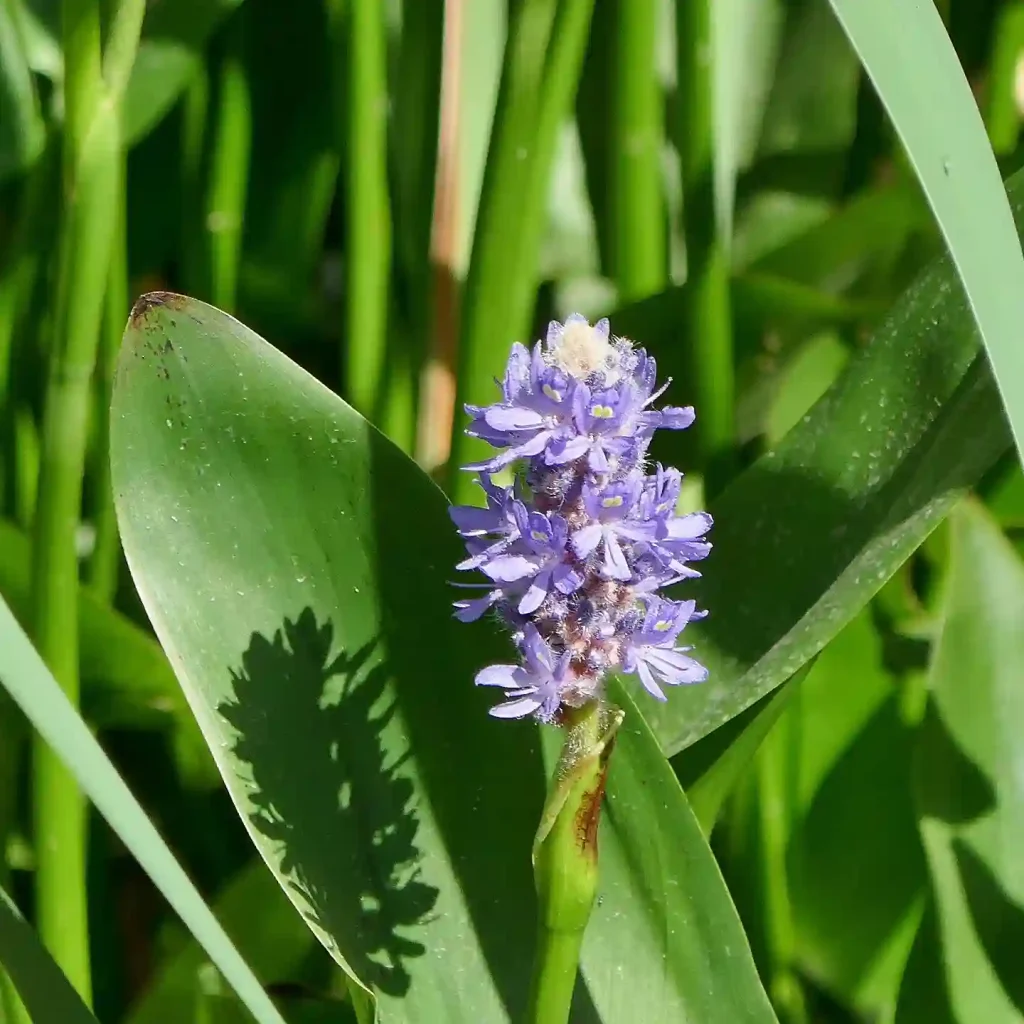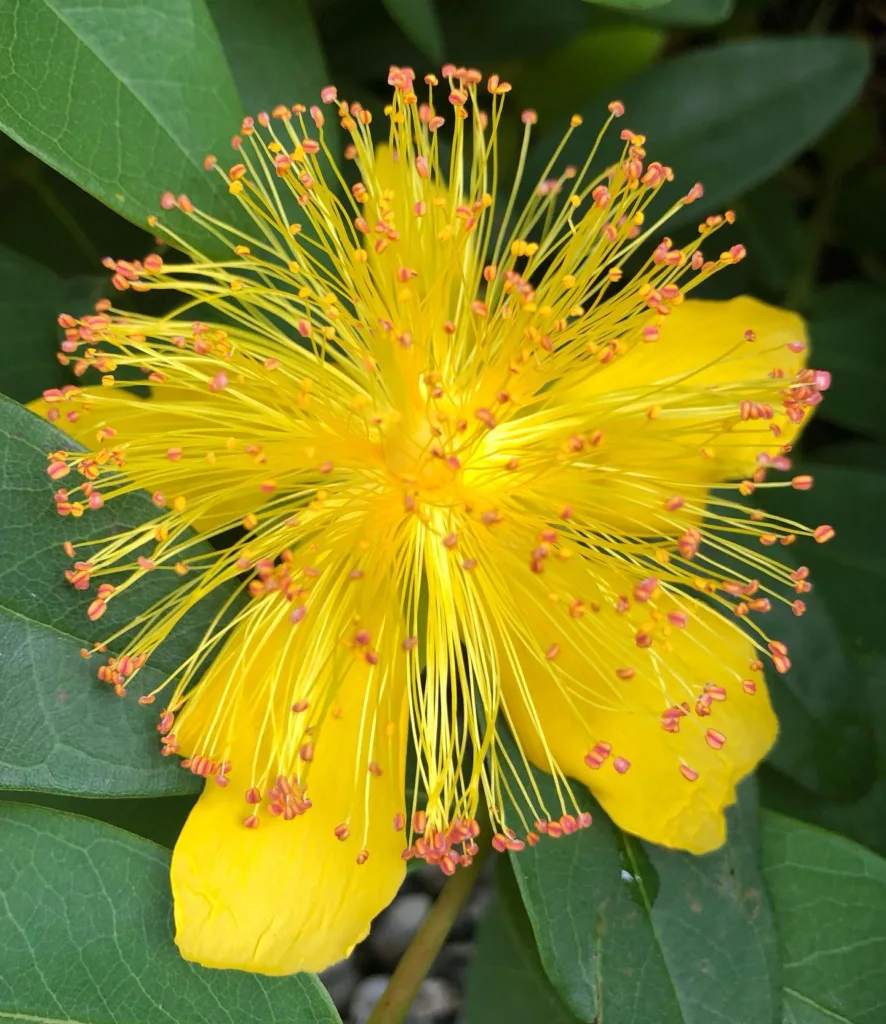
FAQs About Asparagus Setaceus
Asparagus Setaceus, commonly known as the Fern Asparagus or Lace Fern, is a charming and delicate plant that can add a touch of elegance to your home or garden. If you’re considering adding this plant to your collection or already have one and need some guidance, here are the answers to some of the most frequently asked questions about Asparagus Setaceus.
210 Species in Genus Asparagus
What Is Asparagus Setaceus?
Asparagus Setaceus is a species of the Asparagus genus, recognized for its fine, feathery foliage that resembles ferns. It is often used as a decorative plant in indoor settings due to its graceful appearance.
Can Asparagus Setaceus Be Grown in a Bathroom?
Yes, Asparagus Setaceus can thrive in a bathroom environment. This plant enjoys high humidity, which is often prevalent in bathrooms. If you’re considering growing it there, just make sure it receives adequate light. While it does well in humid conditions, it still needs some indirect sunlight to grow healthily.
Can Asparagus Setaceus Be Grown in Artificial Light?
Absolutely. Asparagus Setaceus can adapt to artificial light, making it a great choice for indoor environments where natural light is limited. Use fluorescent or LED grow lights to simulate natural light conditions. Ensure the plant gets about 12 to 16 hours of light daily for optimal growth.
How to Care for Asparagus Setaceus?
Caring for Asparagus Setaceus involves a few simple but essential practices:
- Light: Provide bright, indirect light. It can tolerate lower light conditions but thrives with more light.
- Water: Keep the soil consistently moist but not waterlogged. Water when the top inch of soil feels dry.
- Humidity: This plant loves humidity, so consider misting it regularly or placing it near a humidifier.
- Temperature: Maintain a temperature range of 60-75°F (15-24°C). Avoid exposing it to drafts or sudden temperature changes.
- Soil: Use well-draining soil, such as a mix designed for ferns or a general-purpose potting mix with added perlite.
How to Propagate Asparagus Setaceus?
Propagating Asparagus Setaceus is relatively straightforward. You can propagate it through division or cuttings:
- Division: Gently remove the plant from its pot and divide the root ball into smaller sections, each with roots and stems. Re-pot the divisions into separate pots.
- Cuttings: Take a cutting with several stems and roots. Dip the cut end in rooting hormone and plant it in a moist, well-draining soil mix. Keep the cutting in a humid environment until it establishes roots.
Is Asparagus Setaceus Toxic to Cats?
No, Asparagus Setaceus is not considered toxic to cats. However, it’s always a good idea to monitor pets around plants, as ingestion of any plant material can potentially cause digestive upset in some animals.
Where to Buy Asparagus Setaceus?
You can find Asparagus Setaceus at local nurseries, garden centers, and online plant retailers. Look for reputable sellers who provide healthy plants and detailed care instructions. Online marketplaces like Amazon, Etsy, and specialized plant websites also offer a variety of options.
Asparagus Setaceus vs Plumosus
Asparagus Setaceus and Asparagus Plumosus are often confused due to their similar appearance, but there are key differences:
- Asparagus Setaceus: Known for its delicate, fern-like foliage and a more upright growth habit. It typically has fine, feathery leaves that give it a lacy appearance.
- Asparagus Plumosus: Also called the Climbing Asparagus Fern, it has more spreading, trailing stems and a slightly coarser texture compared to Setaceus.
How to Plant Asparagus Setaceus?
Plant Asparagus Setaceus in a well-draining potting mix and choose a pot with drainage holes. Position it in a spot where it can receive bright, indirect light. If planting in a garden, ensure it has ample space to spread and a suitable growing environment with high humidity.
Benefits of Asparagus Setaceus
Asparagus Setaceus offers several benefits:
- Aesthetic Appeal: Its delicate foliage adds a touch of elegance to any space.
- Air Purification: Like many plants, it can help improve indoor air quality by filtering pollutants.
- Low Maintenance: It’s relatively easy to care for, making it a good choice for both novice and experienced plant enthusiasts.
Common Problems with Asparagus Setaceus
While Asparagus Setaceus is generally resilient, it can face a few issues:
- Brown Tips: This may be due to low humidity or inconsistent watering. Ensure it gets enough moisture and humidity.
- Pest Issues: Watch for pests like spider mites and scale. Regularly inspect your plant and treat any infestations promptly.
- Yellowing Leaves: This can indicate overwatering or poor drainage. Adjust your watering routine and ensure the pot has proper drainage.
By addressing these FAQs and considering the additional tips, you can enjoy a thriving Asparagus Setaceus that enhances your living space with its unique charm.
If i die, water my plants!



